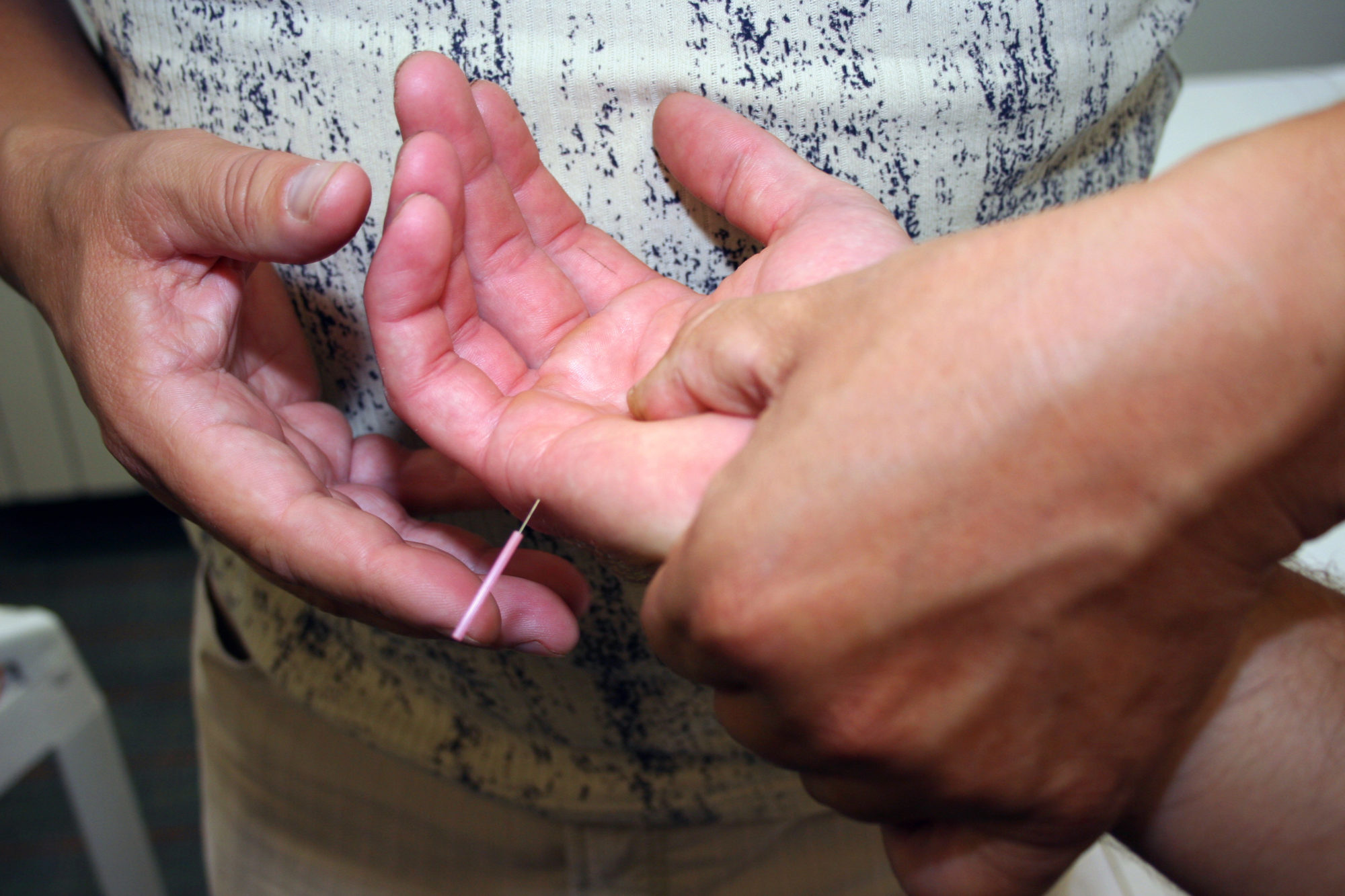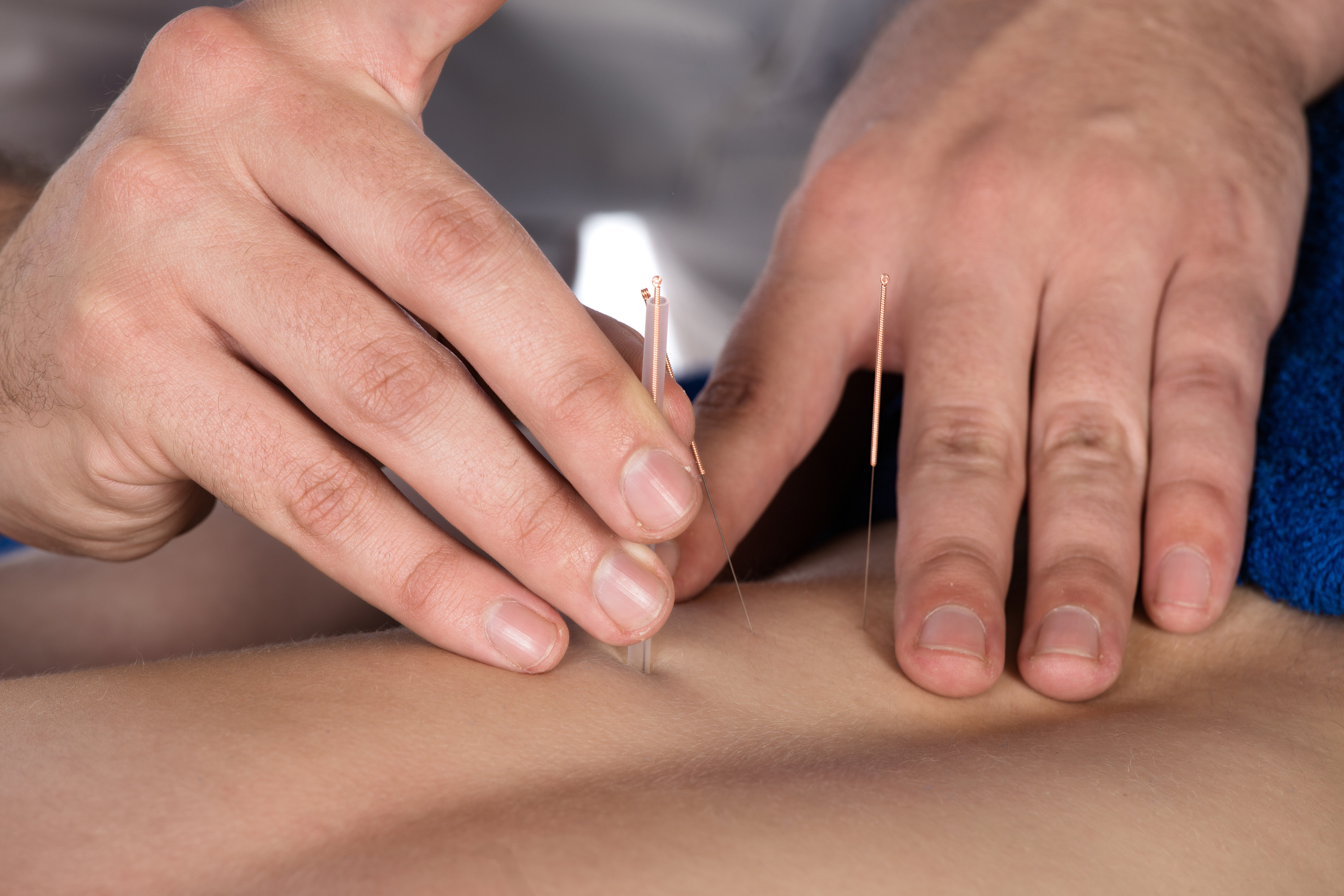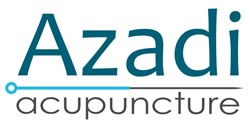Acupuncture
Traditional Chinese Medicine
Traditional acupuncture is a healthcare system based on principles which go back nearly two thousand years. The mistranslations of Chinese textbooks on acupuncture to the English language have led to a lot of misinformation about acupuncture and what it really is.
Acupuncture is a real physical medicine based on anatomy. What acupuncture does is improve the flow of oxygen (Qi), nutrients (ying qi), and blood (xue) through the blood vessel system to nourish every cell of our body. Acupuncture treats the number one cause of disease: blood stagnation (impaired blood flow in the body). When there is a problem with blood flow to any area of the body, that area cannot function properly. The body will not heal without proper blood flow.
Acupuncture application involves the insertion of fine, hair-like needles on specific points of the body. This helps stimulate the body's own powerful healing responses. Acupuncture causes your blood vessels to dilate and increases blood flow to specific areas of the body to relieve pain, improve organ function and prevent ageing. It also works by stimulating the nervous system by activating the nociceptor, sensory nerves and proprioceptor fibres that travel from the skin to the spine and into the brain.
Acupuncture improves the nerve signal to your brain and forces your brain to release opioids (natural painkillers) to shut off the pain signal and eliminate pain. By needling specific points on the body, acupuncture can have an effect on the circulatory, endocrine, reproductive, lymphatic, urinary, digestive, respiratory, integumentary, musculoskeletal and nervous system.
Acupuncture stimulates the body's natural ability to heal itself.
Acupuncture treats an endless number of conditions either on its own or in conjunction with Chinese herbal medicine or other therapies.
In Chinese medicine theory the physical, emotional and mental are seen as interependent and the focus is on the individual, rather than the illness. As a practitioner, my aim is to treat the whole person as the development of your symptoms is the result of important factors such as your emotions, life experiences, lifestyle and environment as well as hereditary factors. A full consultation covers all these factors and will help me understand the root cause affecting your physical and emotional life, your constitutional strengths, your underlying weaknesses. Then I will work out the best way to support you to establish harmony within your body. All the information you share will be taken into account and is absolutely confidential.
The number of treatments depends on the individual and how chronic the condition is and how your body responds to treatment. The benefits of acupuncture are cumulative, however you should see a change within the first few treatments.
Furthermore, in my practice I often make sure I apply deep tissue or tuina massage techniques in order to trigger a positive response and enhance the outcome of my treatments. The combination of acupuncture and massage can be deeply relaxing and it is not uncommon to fall asleep during the treatment. Many patients report acupuncture gives them a deep sense of peace and wellbeing.
Moxibustion

Moxibustion, or Moxa, is an additional therapy that is part of the treatment. Moxa is the herb Artemisia Vulgaris, commonly known as Mugwort. It is burned on or very near the surface of the skin and the intention is to expel cold, warm and invigorate the flow of Qi in the body and dispel certain pathogenic influences.
Once lit, it is allowed to smoulder imparting a penetrating deep warmth. It is often used to enhance the acupuncture treatment where necessary. In Chinese Gynaecology, moxa is known to increase blood circulation, especially in the pelvic and uterus area aiding fertility, reducing menstrual cramps, digestive issues and it is often used in breech pregnancies
Cupping
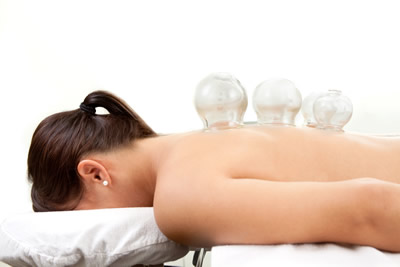
Cupping is an ancient therapy used in many cultures. Special cups are put on your skin for a few minutes to create suction. The cups draw toxins out of the body and release the fascia around the muscles.
It is used for many purposes, including to help with pain, blood flow, inflammation and as a type of deep tissue massage (particularly moving cupping, where cups are moved on oiled skin). It is also great for sports recovery, it relieves stiffness and helps releasing muscle knots. Cupping is often used alongside acupuncture therapy.
Gua Sha
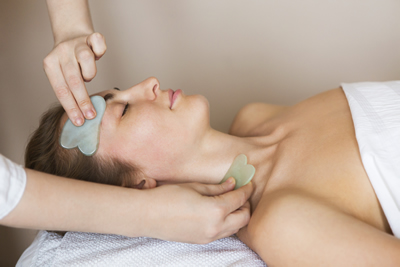
Gua sha is a therapy that involves scraping your skin with a smooth-edged massage tool to improve circulation. This causes light bruising, which appear as red spots called sha (or petechiae).
Short or long strokes are used to stimulate the microcirculation of the soft tissue. Inflammation is reduced, blood flow is increased and the lymphatic and immune systems are stimulated to promote healing. Gua sha is often used to treat fever, chronic pain, inflammation, chronic cough, migraines and sinusitis.
Acupuncture is found to be helpful for:
- Aches, pain and injuries
- Addictions (e.g Alcohol and smoking)
- Allergies (e.g. Hayfever)
- Anxiety
- Arthritis & rheumatism
- Back pain
- Depression
- Digestive issues (e.g. Diarrhoea, constipation & IBS)
- Emotional issues
- Fatigue
- Gynaecological issues
- Headaches & migraines
- Insomnia
- Menopausal symptoms
- Menstrual and fertility issues
- Miscarriage
- Pregnancy symptoms
- Respiratory issues (e.g. asthma, rhinitis, sinusitis)
- Skin issues (e.g. Eczema & psoriasis)
- Stress
More Reading...
